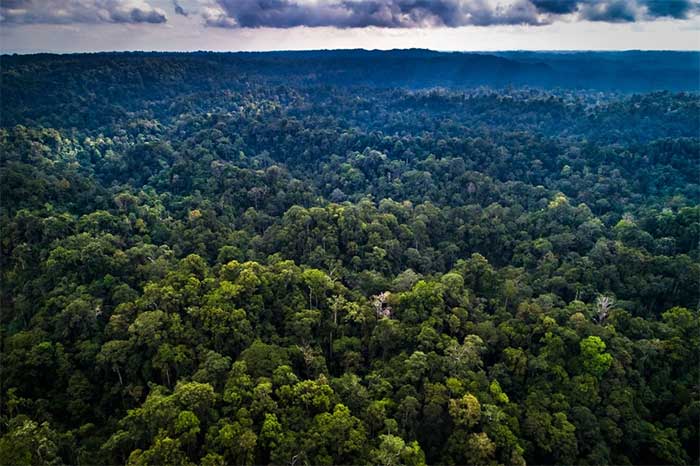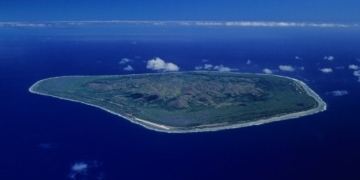The French consume approximately 4,000 tons of this traditional dish each year.
Ingredients from 11,000 kilometers away
When we think of French cuisine, the first things that come to mind, aside from snails and foie gras, are probably frog legs. You can order frog legs at most restaurants in France, where they are often served fried with garlic sauce.
However, while the French Ministry of Agriculture considers frog legs a culinary heritage of the Bourgogne-Franche-Comté region in the east, most of the ingredients come from abroad.
In France, frogs have been protected for decades. There are strict regulations on the number that can be caught in France and most EU countries.

Fried frog legs. (Image: Shutterstock).
In Bourgogne-Franche-Comté, frogs can be caught and killed under certain conditions from late February to April.
As a result, France imports over 2,500 tons of frog legs from abroad each year to meet demand. This dish is also popular in Belgium.
Indonesia is the largest exporter of frog legs, and the demand for this delicacy in Europe not only threatens rare frog populations but also the balance of ecosystems.
Ganjar Cahyadi, an amphibian expert and the head of the zoological museum in Bandung, Indonesia, stated: “The trade in frogs is hardly regulated or monitored by the government.”
He mentioned that there is no official data on the number of wild frogs in this archipelagic nation. “We do not know how many frogs are exported and how many remain in the wild,” he said.
The tropical forests of Southeast Asia, especially in Indonesia, are known for their incredible biodiversity. New species continue to be discovered there regularly.
Frogs are both prey and predators, making them an essential part of the food chain. When it comes to reducing insect populations like grasshoppers and mosquitoes, amphibians are indispensable.
“Frogs are natural pesticides. They eat insects that can cause problems for agriculture and public health. Without frogs, we would have to use more chemicals to control these insects,” Cahyadi explained.
This not only has detrimental effects on the environment but also impacts human health.

A primary rainforest in Indonesia. (Image: Rainforest Action Network).
Solutions for the local economy
Cahyadi suggested that one solution could be to breed frogs for export instead of hunting them. This would also benefit the local economy and create jobs.
Patrick Francois, a Frenchman, proposed a similar idea 13 years ago. He established the first frog farm, possibly in France, in the southern village of Pierrelatte near Provence.
“I noticed that people are trying to produce more locally. That’s why I decided to do this,” Francois, who currently breeds frogs, said.
From the moment they are born until they are harvested, the frogs live in hundreds of tanks in Francois’s breeding room, filled with the sounds of water and the croaks of male frogs.
He currently supplies frog legs to about a dozen upscale clients.
Meanwhile, some other breeders in France have followed suit and established frog farming operations. The French Ministry of Agriculture reported in 2019 that frog farms produced around 10 tons of frog legs annually and estimated that this number could significantly increase in the future.
Nevertheless, France will still only be able to supply a small portion of the country’s total annual consumption in the near future.


















































